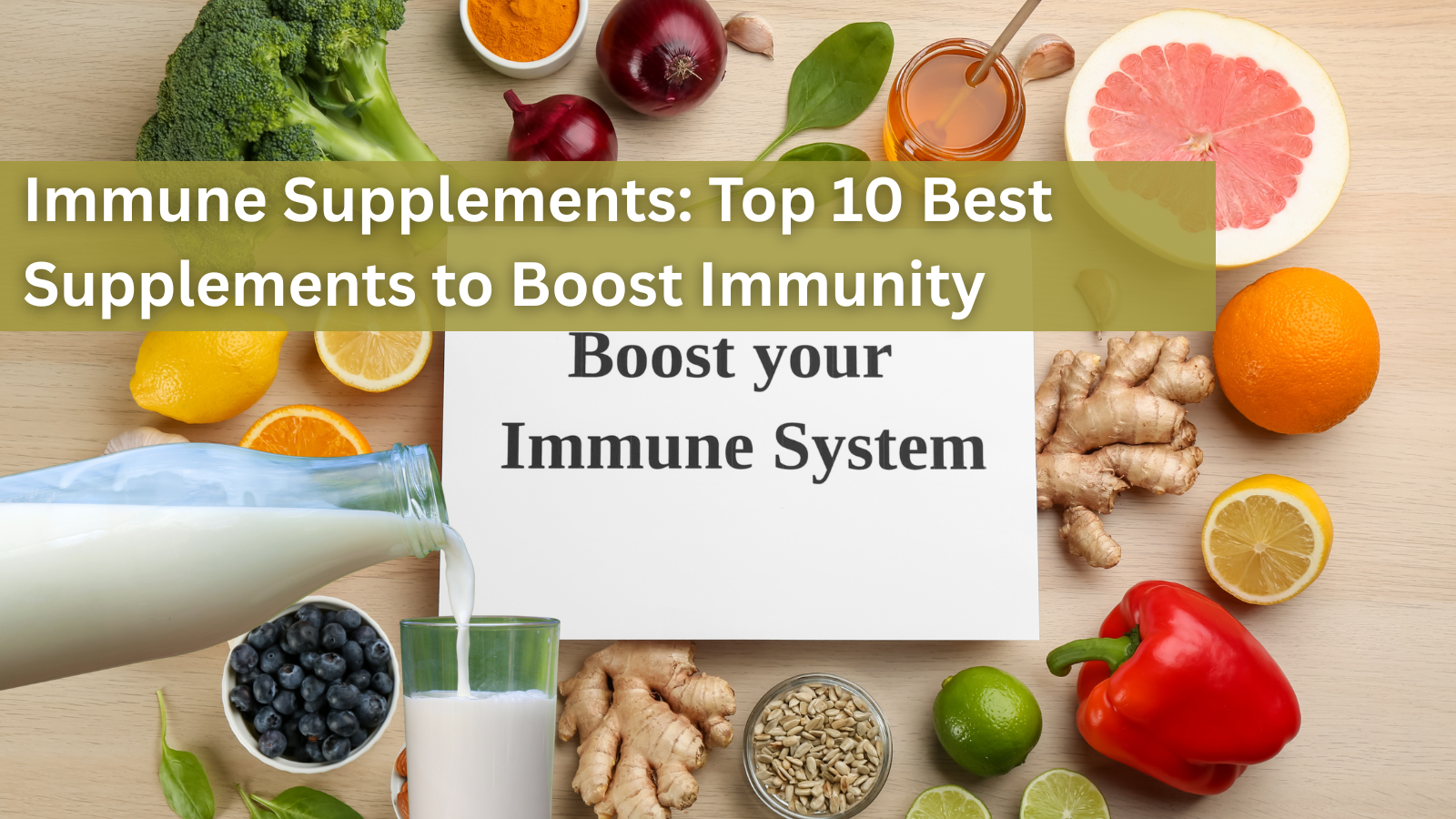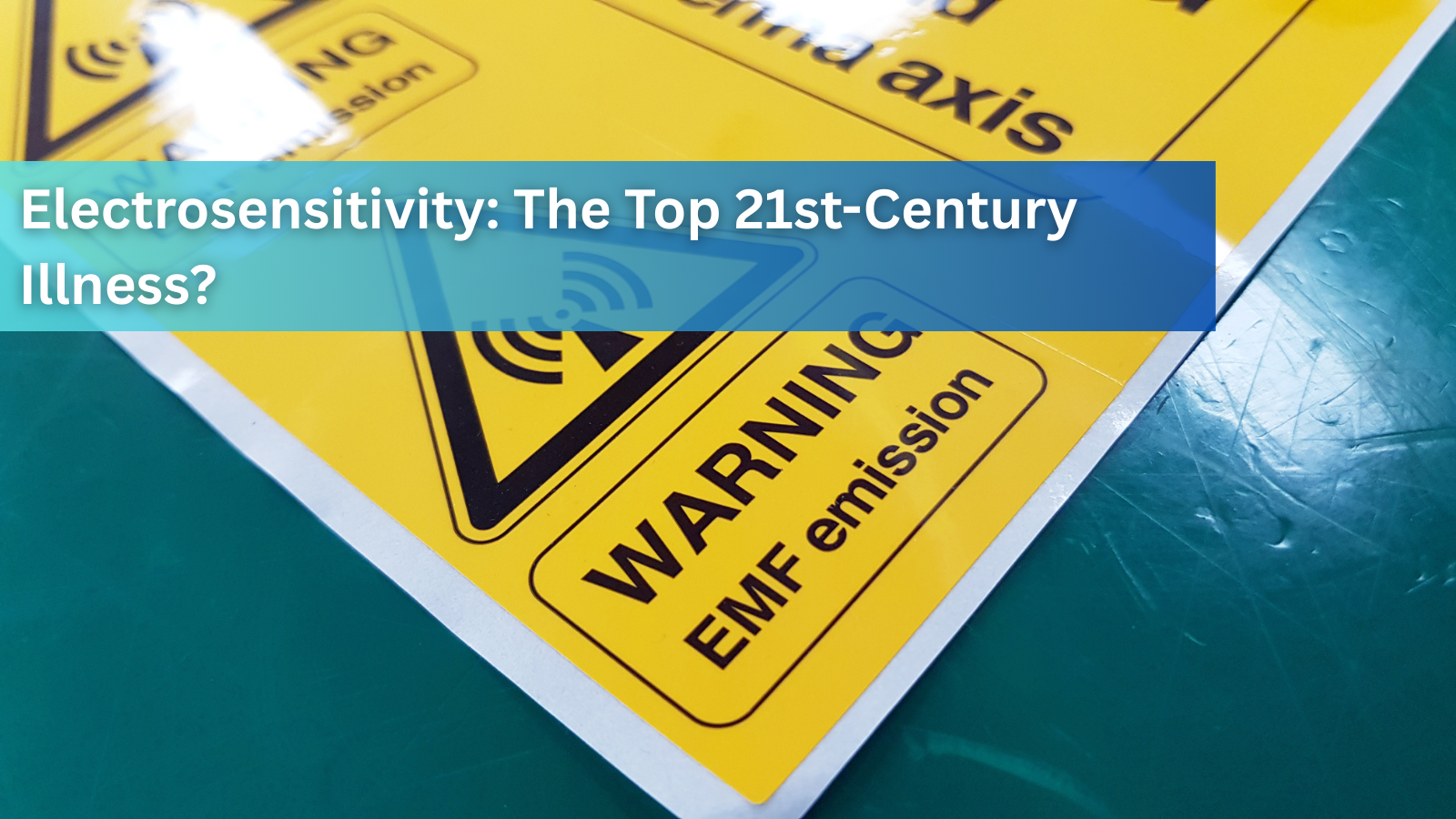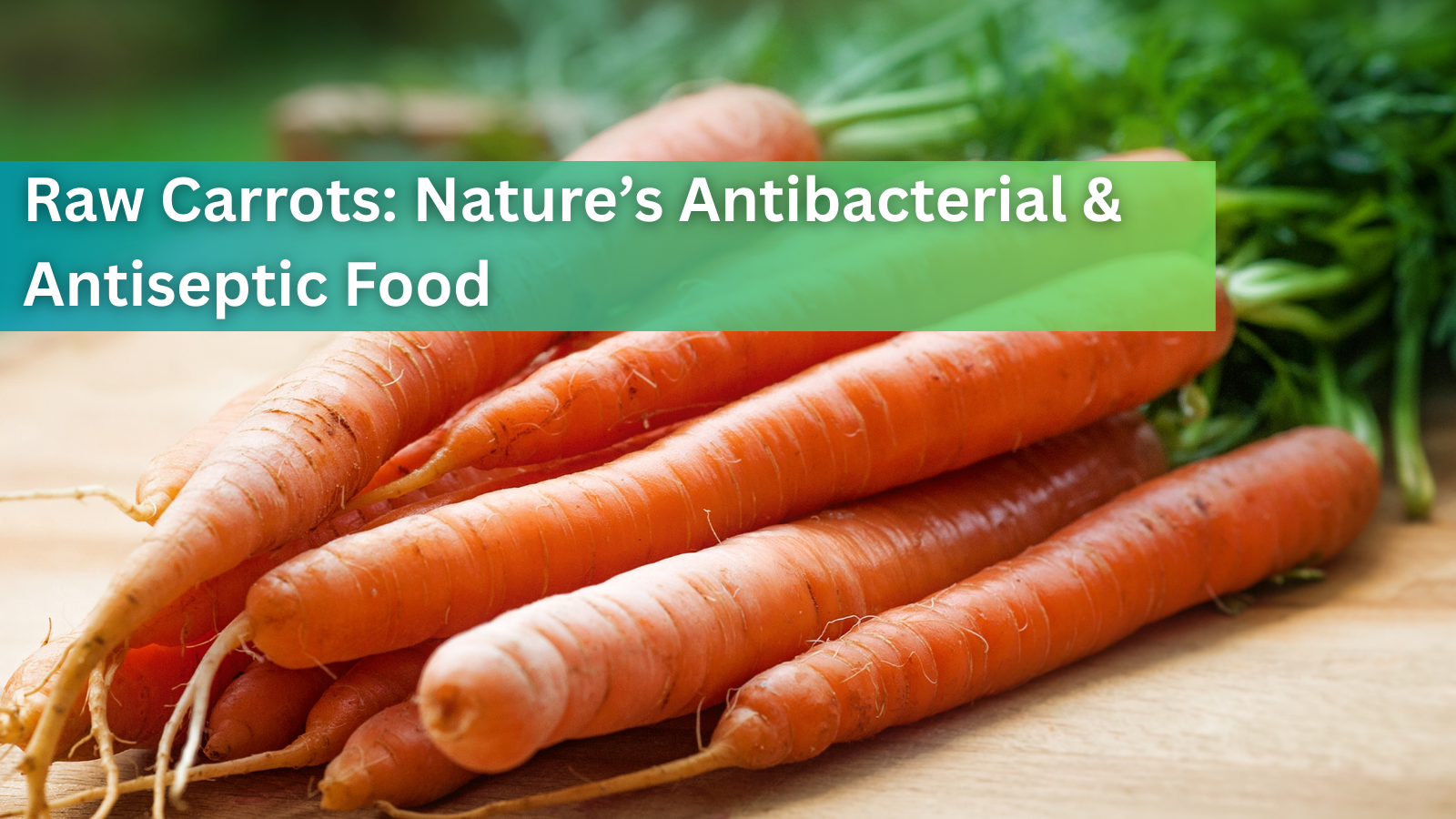Guide to Ultra-Processed Foods

Ultra-processed foods (UPFs) have grown to dominate diets around the globe, contributing to a host of health issues. These convenient "foods" are more than just high in fat, sugar, and salt—they’re highly engineered products packed with industrial additives and exposed to harmful chemicals throughout their processing. While they’re marketed as easy and affordable options, the impact on our health and the planet reveals their darker side.
What Are Ultra-Processed Foods?
UPFs are foods that have been heavily altered through industrial processes, losing their original, natural state. Think of items like packaged snacks, instant noodles, soft drinks, frozen pizzas, or candy bars. These products are packed with food-derived substances and chemicals designed to mimic taste and texture—replacing the need for whole, minimally processed ingredients.

While these foods may seem convenient, their widespread availability, affordability, and marketing make their consumption nearly unavoidable. But here's the concern—research has repeatedly linked UPF consumption to illnesses like obesity, diabetes, cardiovascular disease, cancers, and mental health issues. Currently, the vast majority of disease incidence and cost is associated with UPFs or non-communicable diseases. Roughly 75% of healthcare dollars are spent on these diseases, and 72% of mortalities result.
Many consider the present situation to be a more significant pandemic than the covid-19 pandemic. Non-communicable diseases include: type 2 diabetes, cardiovascular disease, fatty liver disease, hypertension, heart disease, stroke, cancer, and dementia),
The Toxic Cocktail Inside UPFs
What makes UPFs so harmful isn’t just their nutrient-poor profiles. Many problems actually arise during their processing. When food undergoes high-heat treatments like frying or extrusion, it creates harmful byproducts. For instance, compounds like acrylamide, acrolein, and trans fats are formed during these processes. These substances, called neo-formed contaminants, have been associated with inflammation, gut issues, and increased cancer risk.
To make matters worse, UPFs are jam-packed with synthetic additives like preservatives, sweeteners, flavorings, and emulsifiers. These are used to extend shelf life and enhance taste, but some have been linked to serious health concerns like hormone disruption, inflammation, and gut microbiome imbalances.
The Hidden Role of Plastics in Ultra-Processed Foods
A critical but often overlooked issue with UPFs is their close connection with plastics. Plastics play a major role at every stage of the UPF supply chain. From farming equipment and storage materials to food packaging and distribution, plastics are heavily used during production. While these materials add convenience and shelf stability, they can also introduce harmful chemicals to the food we eat.
Plastics used as Food Contact Materials (FCMs) often contain chemicals like bisphenol A (BPA), phthalates, and PFAS. These substances can leach into food, especially under conditions common to UPFs—like high heat, long storage times, or acidic and fatty formulations. Many of these chemicals are known endocrine disruptors, meaning they interfere with hormones and have been associated with health issues such as infertility, obesity, cancer, and metabolic disorders.
What’s alarming is that UPFs are often found to contain detectable levels of these chemicals. Studies have shown higher levels of BPA, phthalates, and PFAS in people who consume more processed foods. For instance, researchers have detected increased chemical levels in the bodies of children and even in the umbilical cords of pregnant women.
Microplastics in Your Food?
Another worrying aspect of UPF production is micro- and nanoplastics (MNPs)—tiny plastic particles that result from the breakdown of larger plastic materials. These particles can find their way into food during processing and packaging. Emerging research suggests that highly processed foods may contain more plastic particles than less processed options. Even more concerning, microplastics have now been detected in human blood.
Although the full health effects of microplastics are still being studied, early research suggests they may pose risks to the digestive system, reproductive health, and respiratory system, and could even contribute to certain cancers, like colon cancer.
The Bigger Picture
The convenience of UPFs comes at a significant cost—not just for our health, but for the environment as well. Plastics used in UPF production are predominantly made from fossil fuels, generating significant greenhouse gas emissions that contribute to climate change. Additionally, many of the chemicals involved remain poorly regulated, meaning thousands of substances in plastic packaging haven’t been adequately tested for their long-term impacts on human health.

UPFs might seem convenient now, but their long-term impacts on our health and the planet are too significant to ignore. By paying attention to what we eat—and how it’s made—we can make choices that protect both our bodies and the environment
Su et al., found that Ultra Processed Foods resulted in the production of these metabolites: saccharine, homostachydrine, stachydrine, N2, N2-dimethylguanosine, catechol sulfate, caffeine, 3-methyl-2-oxovalerate, theobromine, docosahexaenoate, glucose, mannose, and bradykinin) were significantly associated with ultra-processed food consumption
Each of these biomarkers of ultra-processed food consumption results in potentially harmful effects:
Potential Harmful Effects of Chemicals (Excessive Consumption):
- Saccharine
Excessive intake may disrupt gut microbiota, leading to glucose intolerance and increased risk of metabolic disorders.
- Homostachydrine
Though less studied, excessive levels may contribute to changes in cellular metabolism, potentially impacting cardiovascular health.
- Stachydrine
Elevated levels may lead to oxidative stress, which could contribute to inflammation and cardiovascular issues.
- N2 (Nitrogen gas)
Not harmful when inhaled in typical concentrations, but excessive enrichment in the bloodstream can displace oxygen, leading to hypoxia.
- N2-dimethylguanosine
Excessive quantities may indicate impaired RNA processing, potentially resulting in cellular dysfunction or oxidative stress.
- Catechol sulfate
High levels may disrupt the balance of neurotransmitters and increase cardiovascular risks due to its link to oxidative stress.
- Caffeine
Excess can lead to elevated heart rate, anxiety, insomnia, and dehydration, along with potential dependency.
- 3-Methyl-2-oxovalerate
Accumulation may indicate metabolic dysfunction, potentially leading to energy metabolism issues or contributing to oxidative stress.
- Theobromine
While mild in small amounts, excessive intake can cause nervous system overstimulation, headaches, or palpitations.
- Docosahexaenoate (DHA)
Excessive levels may alter lipid metabolism or clotting tendencies, though typically beneficial in moderate levels.
- Glucose
Chronically high levels can result in insulin resistance, leading to type 2 diabetes, systemic inflammation, and vascular damage.
- Mannose
Excess mannose may disrupt normal metabolic pathways, potentially causing cellular toxicity or altering glycosylation patterns in proteins.
- Bradykinin
Excess levels may contribute to inflammation, blood pressure dysregulation, and increased risk of angioedema.
What Can You Do?
- Choose Whole Foods: Swapping processed snacks and meals for fresh, whole foods can dramatically reduce your exposure to harmful chemicals.
- Be Mindful About Packaging: Opt for foods with minimal or no plastic packaging whenever possible. Glass or paper alternatives are safer for both you and the environment.
- Check Labels: Avoid products with long ingredient lists filled with unpronounceable additives. Simpler is often better.
- Get Educated: Understanding the hidden dangers of UPFs is the first step to making healthier choices for you and your family.
Sources
Lane, M. M., Gamage, E., Du, S., Ashtree, D. N., McGuinness, A. J., Gauci, S., ... & Marx, W. (2024). Ultra-processed food exposure and adverse health outcomes: umbrella review of epidemiological meta-analyses. bmj, 384.
Su, D., Chen, J., Du, S., Kim, H., Yu, B., Wong, K. E., ... & Rebholz, C. M. (2023). Metabolomic markers of ultra-processed food and incident CKD. Clinical Journal of the American Society of Nephrology, 18(3), 327-336.
1 comment

September 27, 2025
Immune Supplements: Top 10 Best Supplements to Boost Immunity
Are you looking for effective ways to enhance your body’s natural defense? Immune supplements have become popular choices to support the immune system booster function, especially in times of increased illness risk. With so many products...
Read more
September 27, 2025
Cell Phone and WiFi Safety: How to Prevent and Treat EMF Damage and Electrosensitivity
Electrohypersensitivity (EHS), often called electrosensitivity, has been a polarizing and increasingly relevant issue over the past decade and a half. Since the number of people identifying with these symptoms continues to grow exponent...
Read more
September 27, 2025
Raw Carrots: Nature’s Antibacterial & Antiseptic Food
For most of us, carrots are simply a crunchy snack or a source of vitamin A. But according to researcher Ray Peat, PhD, raw carrots offer something more unusual: they act as a kind of natural antiseptic inside the gut, helping to contro...
Read more




This is horrifying. I want to move to Europe where most, if not all, of this is banned. We are killing ourselves for the almighty dollar.
Leave a comment